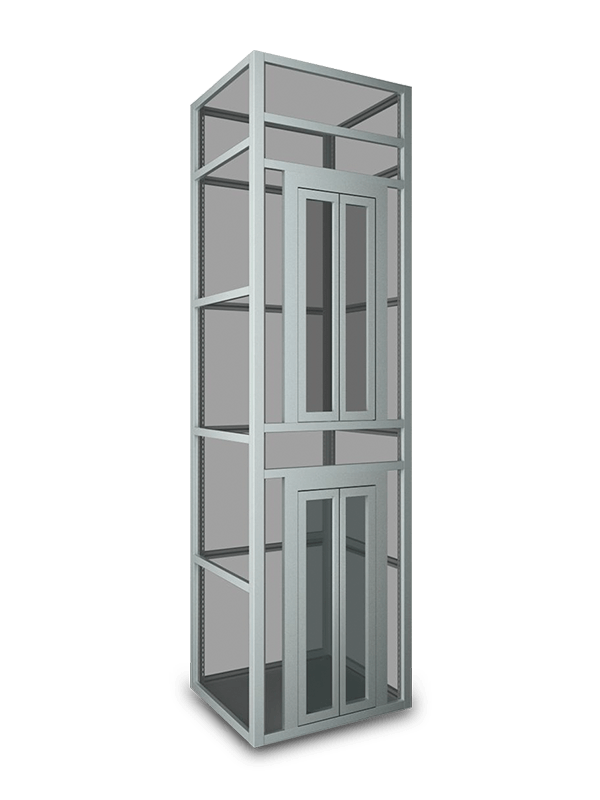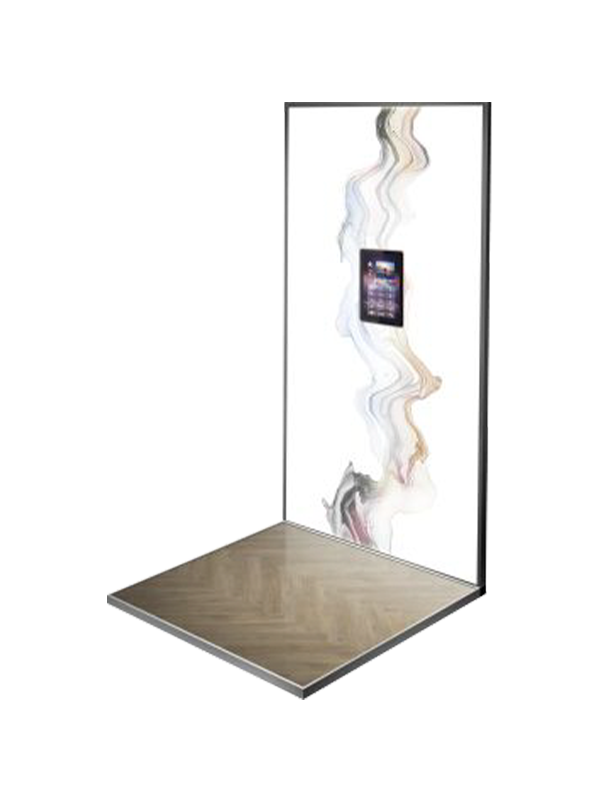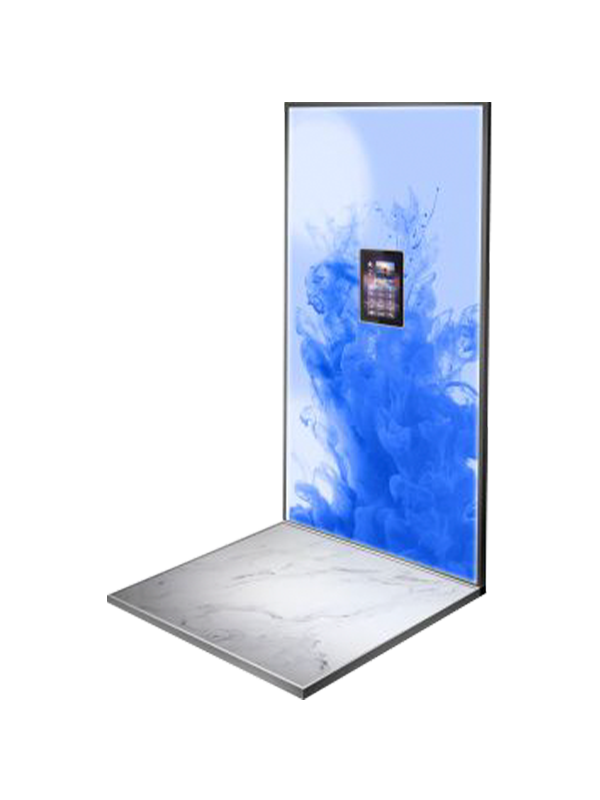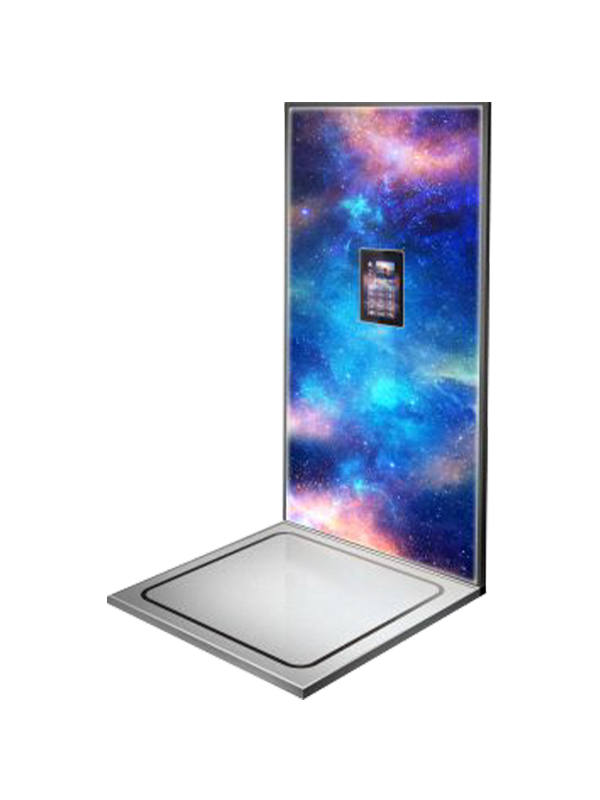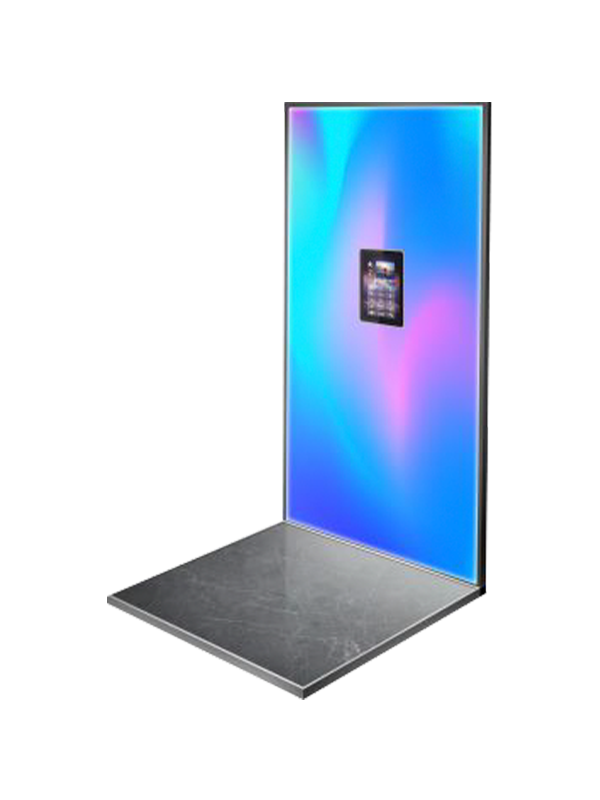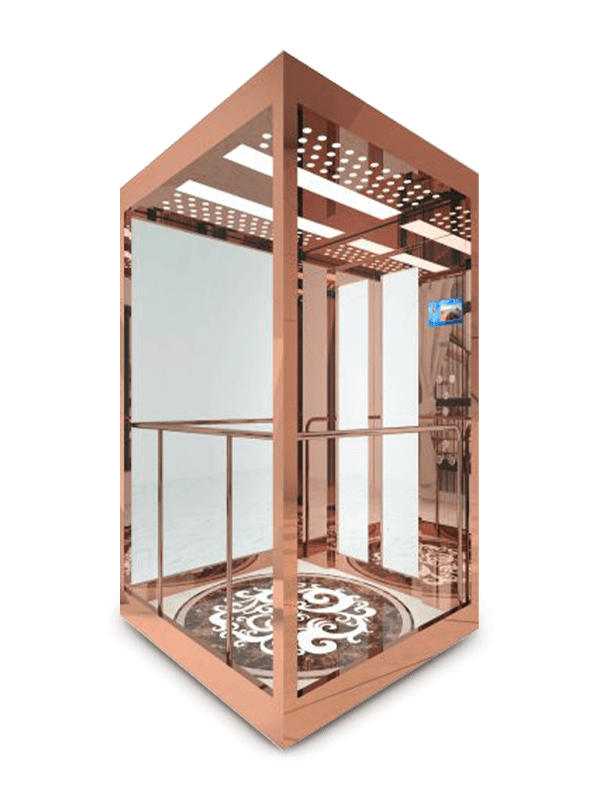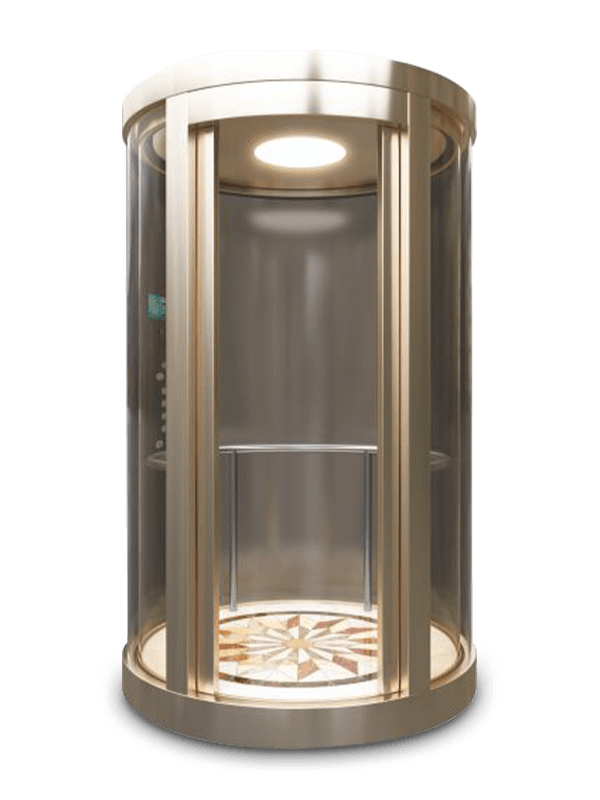Household elevator are equipped with various safety features to ensure the well-being of passengers. These safety features are rigorously tested to meet industry standards and regulations. Here's how household elevators typically undergo safety testing:
Emergency Braking System: Elevators are equipped with emergency braking systems that activate if the elevator exceeds a safe speed or if there is a sudden drop. During testing, technicians simulate different scenarios to ensure that the emergency brakes engage effectively and bring the elevator to a safe stop.
Door Sensors and Edge Guards: Infrared sensors and edge guards are used to detect obstructions in the elevator door's path. Testing involves placing objects or applying pressure to the door to ensure that it reverses its closing motion when an obstruction is detected.
Safety Stops: Elevators are equipped with safety stops at the top and bottom of the shaft to prevent the car from traveling beyond these points. Technicians test these safety stops to make sure they engage properly and prevent any overtravel.
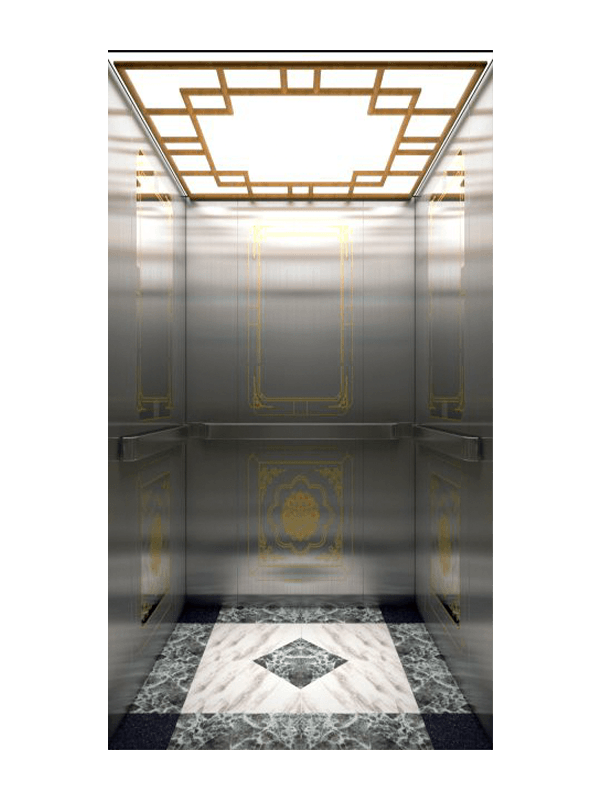

Overload Protection: Elevators have weight sensors to prevent overloading. Technicians test this feature by gradually adding weight to the elevator car until the overload protection engages and prevents the elevator from moving.
Emergency Communication: Elevators are equipped with emergency communication devices, such as intercoms or phones, that allow passengers to communicate with external help in case of an emergency. These devices are tested to ensure clear and reliable communication.
Power Failure Backup: Elevators have backup systems to bring the car to a safe floor in case of a power outage. Testing involves intentionally cutting power to the elevator to ensure that the backup system activates and operates as intended.
Fire Service Mode: Elevators often have a fire service mode that allows firefighters to control the elevator during an emergency. This mode is tested to ensure proper functionality and communication with external control devices.
Cable and Suspension System: Elevator cables and suspension systems are subjected to load tests to ensure they can handle the rated weight of the elevator and provide safe operation.
Lighting and Ventilation: Elevator cars should be equipped with adequate lighting and ventilation. These systems are tested to ensure proper functioning for passenger safety and comfort.
Automatic Return to Main Floor: Some elevators have a feature that automatically returns the elevator to the main floor in case of inactivity. This feature is tested to ensure it operates correctly.
Floor Leveling: Elevators are tested to ensure that they stop level with the floor at each landing, preventing tripping hazards for passengers.







 English
English عربى
عربى Deutsch
Deutsch Español
Español Français
Français русский
русский 日本語
日本語 简体中文
简体中文
